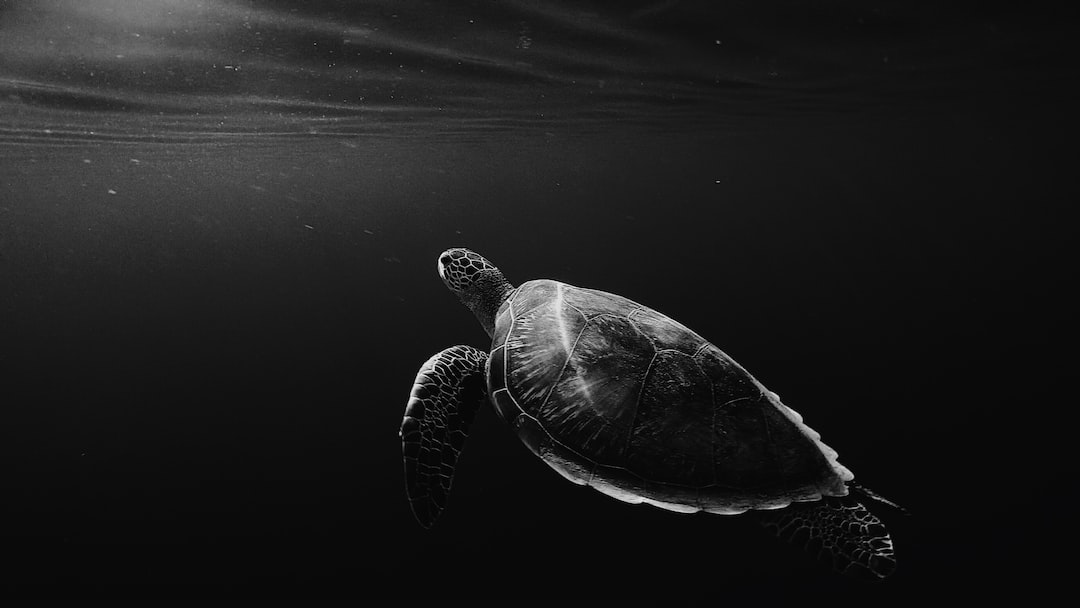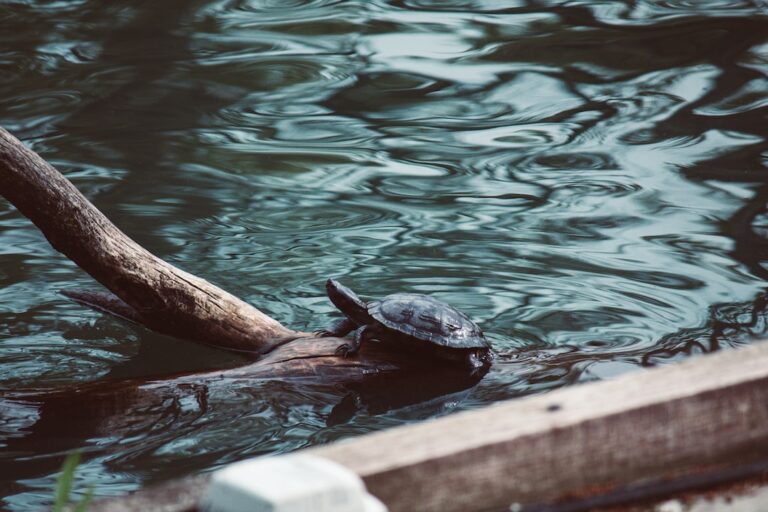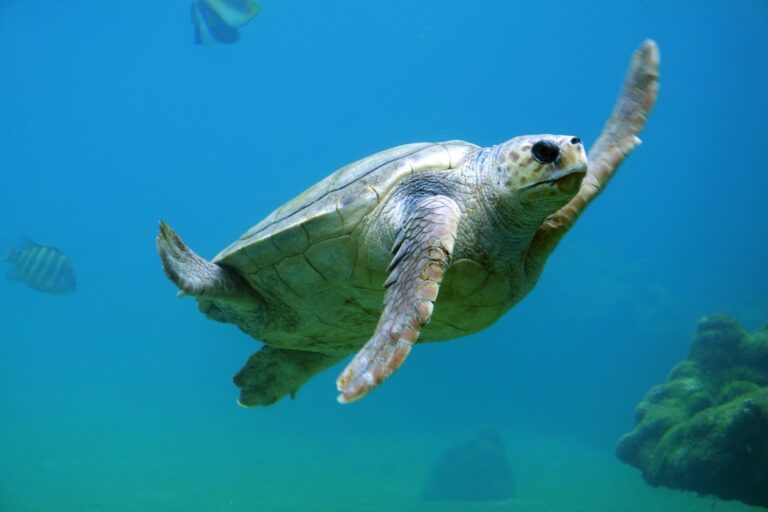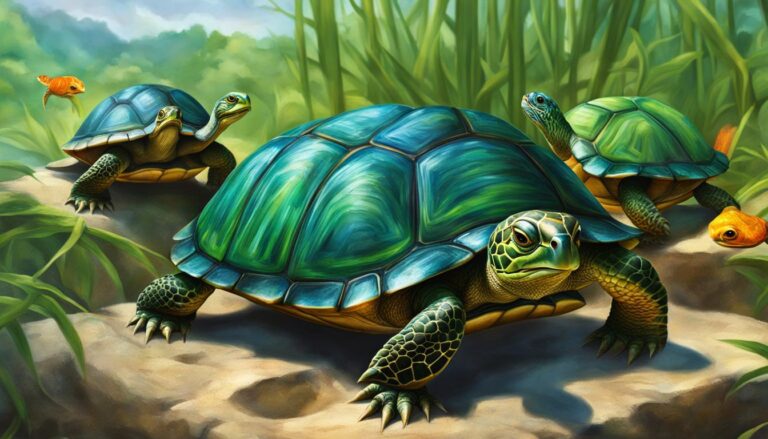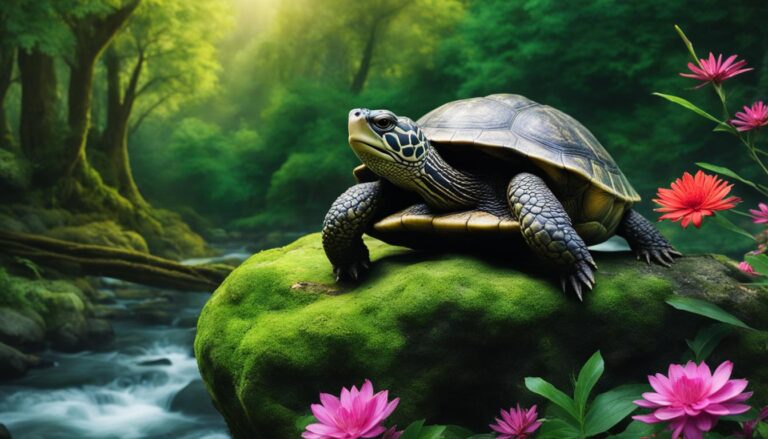Why Do Turtles Dance?
Turtle dancing is a captivating and intriguing phenomenon that has captured the attention of scientists and nature enthusiasts alike. It refers to the unique and rhythmic movements that turtles engage in during various stages of their life cycle. From courtship rituals to social interactions, turtle dancing plays a significant role in the lives of these fascinating creatures.
The world of turtle dancing is a subject of great interest because it offers a glimpse into the complex behaviors and evolutionary adaptations of turtles. By studying their dances, researchers can gain insights into their biology, ecology, and social dynamics. Furthermore, turtle dancing showcases the incredible diversity and beauty of these ancient reptiles, highlighting the importance of conserving their habitats and protecting their populations.
Table of Contents
The Evolutionary Purpose of Turtle Dancing
Turtle dancing has evolved over millions of years as a means for turtles to communicate and interact with one another. These dances serve various purposes in the turtle’s life cycle, from courtship to territorial disputes. By observing and participating in these dances, turtles are able to convey important information about their intentions, status, and reproductive fitness.
One of the primary purposes of turtle dancing is courtship. Male turtles often engage in elaborate dances to attract females and demonstrate their fitness as potential mates. These dances can involve intricate movements, head bobbing, and even vocalizations. By showcasing their agility and strength through these dances, male turtles are able to impress females and increase their chances of successful mating.
The Role of Courtship in Turtle Dancing
Courtship dances are an integral part of turtle mating rituals. Different species of turtles have unique courtship dances that are specific to their species. For example, the red-eared slider turtle performs a series of head bobs and chin rubs to attract females. The painted turtle, on the other hand, engages in a circular dance around the female, showcasing its vibrant colors.
These courtship dances serve as a way for male turtles to communicate their intentions and fitness to potential mates. The dances allow females to assess the quality of the males and choose the most suitable partner for reproduction. By engaging in these dances, turtles are able to ensure successful mating and increase their chances of passing on their genes to the next generation.
The Social Significance of Turtle Dancing
Turtle dancing also plays a crucial role in social interactions among turtles. It is a way for turtles to establish and maintain social hierarchies within their populations. By engaging in dominance displays and territorial dances, turtles are able to assert their dominance and establish their place within the group.
Dominance displays often involve aggressive behaviors such as head bobbing, shell ramming, and biting. These displays serve as a way for turtles to establish their dominance and deter potential rivals from encroaching on their territory. By engaging in these dances, turtles are able to maintain social order and reduce the likelihood of conflicts within their populations.
The Importance of Environmental Factors in Turtle Dancing
Environmental factors play a significant role in turtle dancing. Temperature, humidity, and other environmental conditions can influence the frequency and intensity of turtle dances. For example, warmer temperatures often lead to increased activity levels in turtles, resulting in more frequent and energetic dances.
Furthermore, environmental factors can also impact the availability of resources such as food and nesting sites, which in turn can affect the behavior of turtles. For example, during periods of drought or scarcity, turtles may engage in more aggressive dances as they compete for limited resources. Understanding the influence of environmental factors on turtle dancing is crucial for conservation efforts and ensuring the well-being of turtle populations.
The Influence of Seasonal Changes on Turtle Dancing
Seasonal changes have a profound impact on turtle dancing. Different seasons bring about different behaviors and dances among turtles. For example, during the breeding season, male turtles engage in elaborate courtship dances to attract females. These dances are often accompanied by vocalizations and displays of vibrant colors.
In contrast, during the nesting season, female turtles engage in a unique dance known as the “nesting dance.” This dance involves digging a hole in the sand or soil to lay their eggs. The nesting dance is a carefully choreographed sequence of movements that ensures the eggs are laid in a safe and secure location.
The Cultural Significance of Turtle Dancing in Indigenous Communities
Turtle dancing holds great cultural and spiritual significance in many indigenous communities around the world. In these cultures, turtles are often revered as sacred creatures and are believed to possess wisdom, longevity, and spiritual power. Turtle dances are performed as a way to honor and connect with these revered beings.
In indigenous cultures, turtle dances are often accompanied by traditional music, chants, and rituals. These dances serve as a way to celebrate the natural world, express gratitude for the gifts of the earth, and seek harmony with nature. They also serve as a means of passing down cultural traditions and teachings from one generation to the next.
The Role of Music in Turtle Dancing
Music plays a vital role in turtle dancing. It sets the rhythm and pace of the dances, creating a harmonious and synchronized movement among the turtles. Different types of music are used in turtle dancing, depending on the cultural context and purpose of the dance.
In indigenous cultures, traditional instruments such as drums, rattles, and flutes are often used to accompany turtle dances. The rhythmic beats and melodies of these instruments create an enchanting atmosphere that enhances the beauty and significance of the dances. Music not only adds to the aesthetic appeal of turtle dancing but also serves as a powerful tool for communication and expression.
The Impact of Human Activity on Turtle Dancing
Unfortunately, human activity has had a detrimental impact on turtle populations around the world. Habitat destruction, pollution, climate change, and illegal hunting have all contributed to the decline of turtle populations and the disruption of their natural behaviors, including turtle dancing.
The destruction of nesting sites and pollution of water bodies have made it increasingly difficult for turtles to engage in their natural behaviors, including courtship dances and nesting dances. Furthermore, the illegal pet trade has led to the capture and removal of turtles from their natural habitats, further disrupting their social dynamics and reproductive behaviors.
Celebrating the Beauty and Diversity of Turtle Dancing
In conclusion, turtle dancing is a fascinating and complex phenomenon that offers a glimpse into the intricate world of turtles. From courtship rituals to social interactions, turtle dancing serves important purposes in their lives. It is a reflection of their evolutionary adaptations, social dynamics, and cultural significance.
As nature enthusiasts and conservationists, it is our responsibility to protect turtle populations and celebrate the beauty and diversity of turtle dancing. By raising awareness about the importance of conserving their habitats, reducing pollution, and combating illegal hunting, we can ensure that future generations will continue to be mesmerized by the enchanting world of turtle dancing. Let us join together in celebrating these ancient creatures and preserving their dances for generations to come.
If you’re curious about the fascinating world of turtles, you may also be interested in learning about their territorial behavior. In the article “Are Turtles Territorial?” on Reptile Friend, you can explore the reasons behind turtles’ territorial nature and how they establish and defend their territories. Understanding this aspect of their behavior can provide valuable insights into their social dynamics and interactions with other turtles. So, if you want to delve deeper into the intriguing world of turtles, don’t miss out on this informative article!

